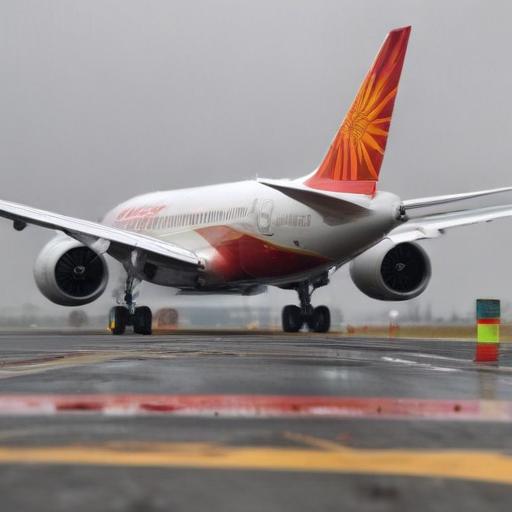US officials are investigating the tragic crash of an Air India Boeing 787-9, which occurred last month shortly after take-off from Ahmedabad, resulting in the death of 241 of the 242 occupants on board. Preliminary assessments suggest that the captain, Sumeet Sabharwal, may have cut off the fuel supply to the engines before the aircraft went down, raising significant safety concerns.
Information from recovered cockpit voice recordings indicates that the first officer queried the captain about the switched-off fuel supply, with the captain remaining composed amid rising tension. The switching of controls occurred in quick succession, and the switches were later returned to the on position shortly before the plane lost thrust.
The Aircraft Accident Investigation Bureau (AAIB) has verified that the fuel flow to both engines was intentionally cut off, although details surrounding the reasoning—for whether the action was accidental or deliberate—are still being examined. In the wake of the crash, investigators are also looking into potential electrical and digital faults that may have led to an unintentional transition of the fuel control switches.
The captain had a wealth of experience, with over 9,000 flying hours, but reports have surfaced suggesting potential mental health challenges he faced, particularly after personal losses. Just moments before the crash, he attempted a mayday call, but communication with air traffic control was lost shortly after take-off.
Air India’s CEO, Campbell Wilson, clarified that the preliminary report does not assign blame or identify a definitive cause, urging the public to refrain from drawing hasty conclusions as the investigation continues. Meanwhile, the Federation of Indian Pilots has raised concerns about the investigation process, advocating for a more comprehensive approach that includes pilot representatives.
Despite the negative implications surrounding this tragic event, the investigation into the crash reflects a commitment to safety and accountability in aviation. Lessons from this incident could contribute to enhanced safety protocols in the industry, ensuring that such tragedies are prevented in the future. The Dreamliner remains a widely used aircraft among airlines globally, noted for its engineering and efficiency.
As investigations proceed, stakeholders are reminded of the importance of thorough and transparent examinations in maintaining public confidence in air travel safety.
